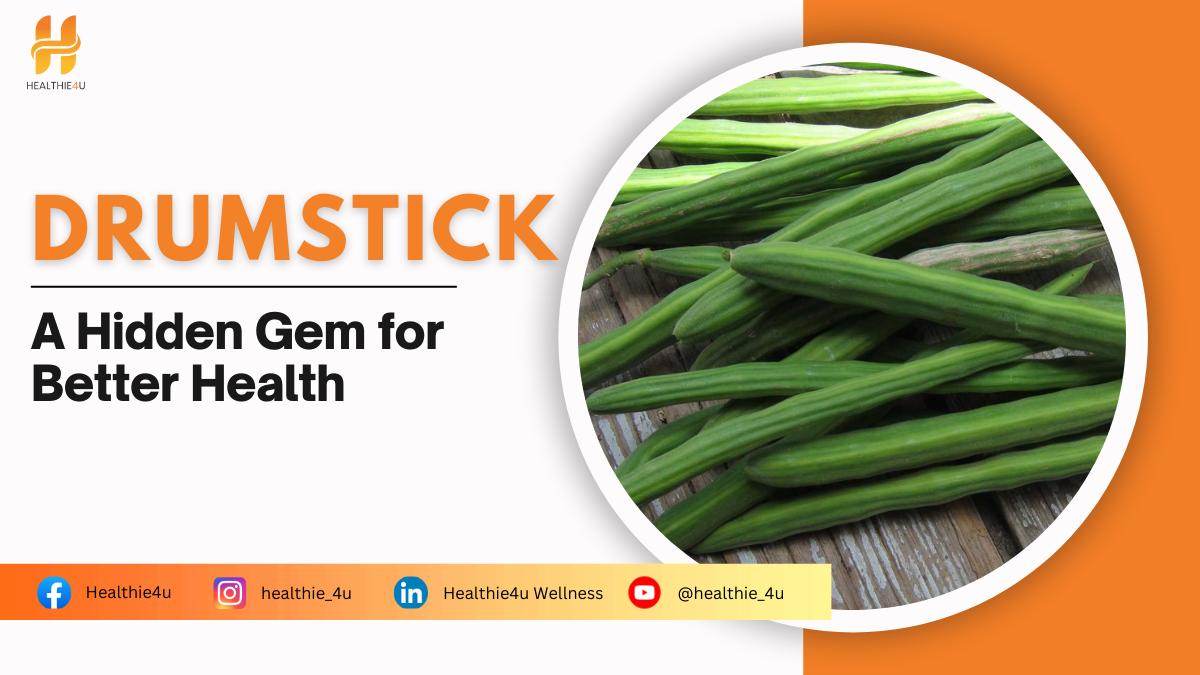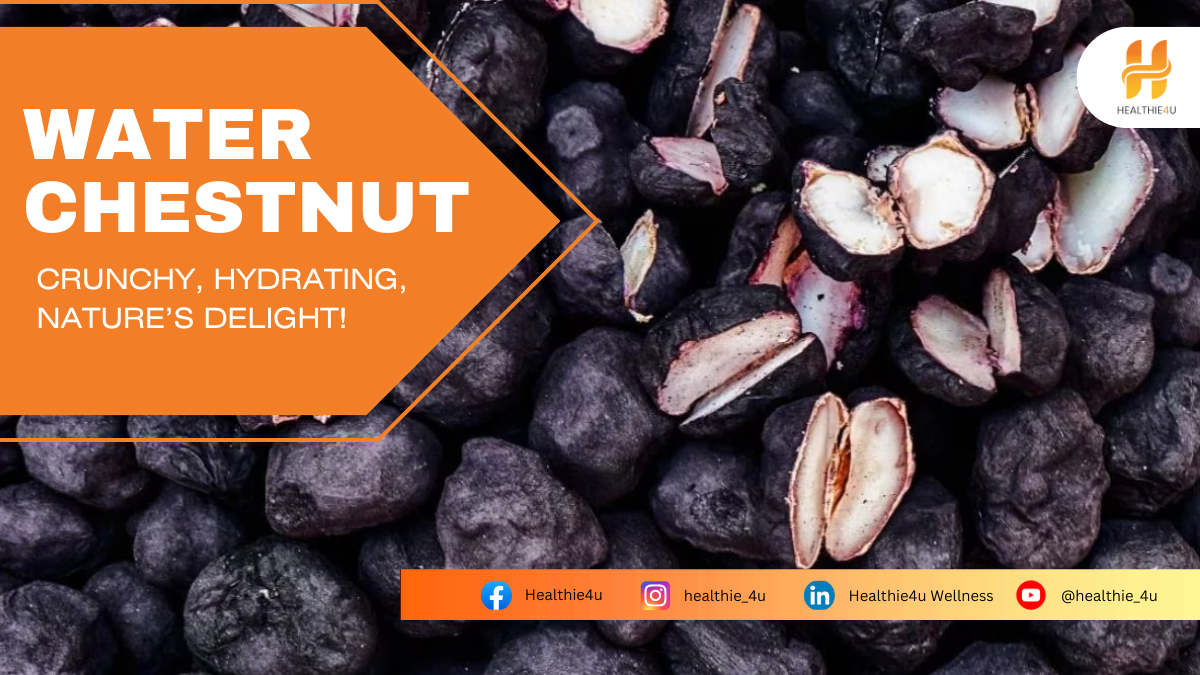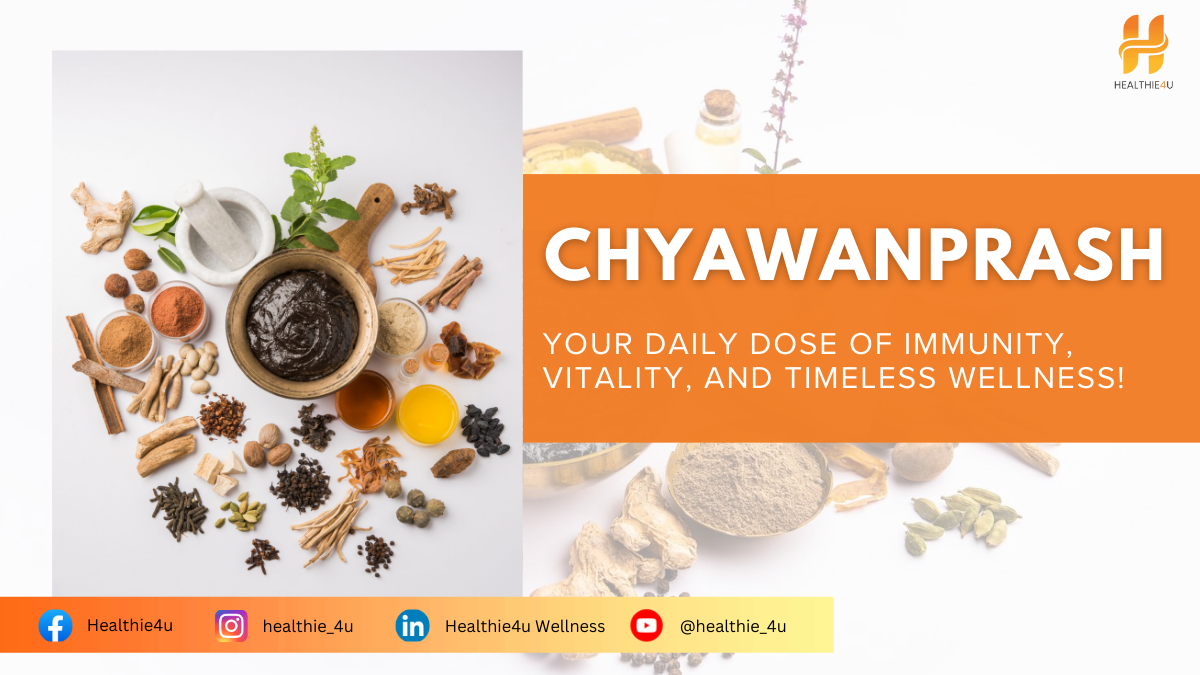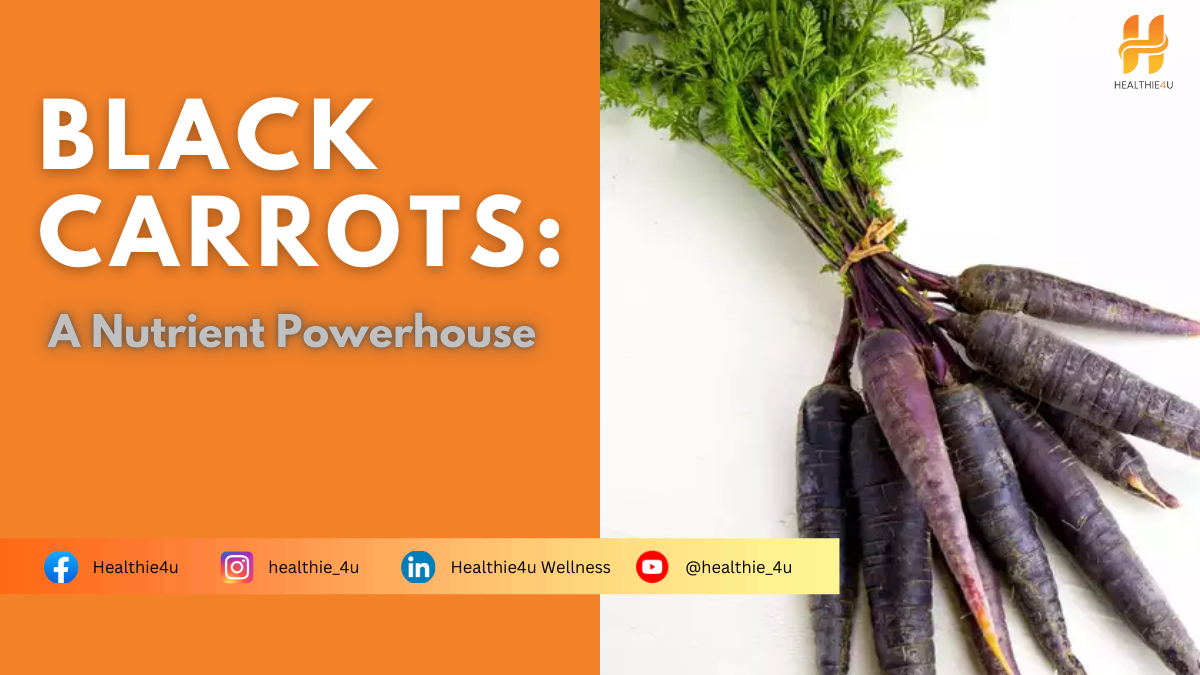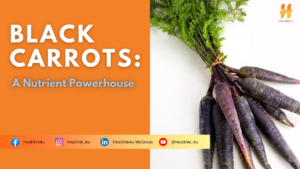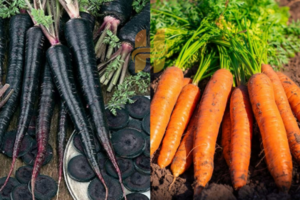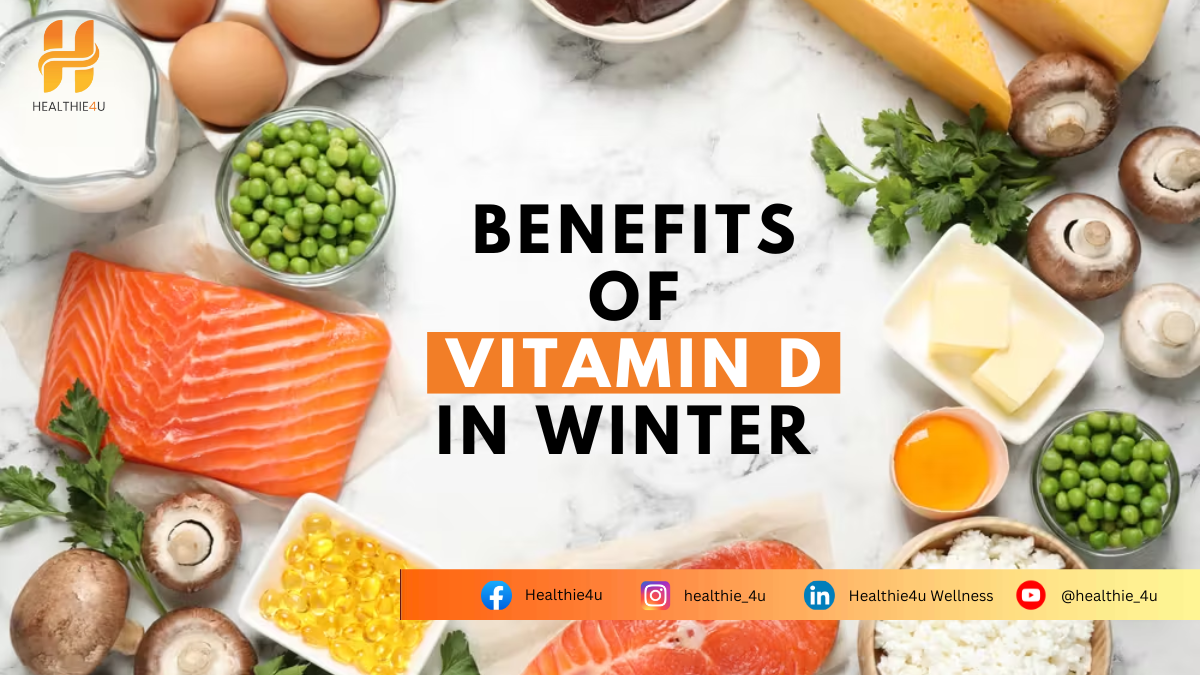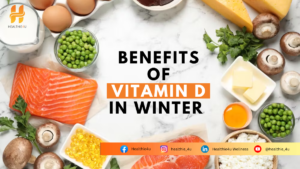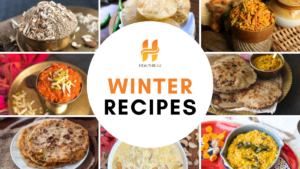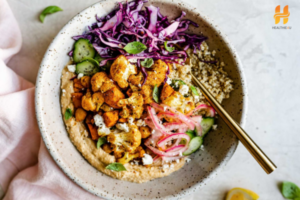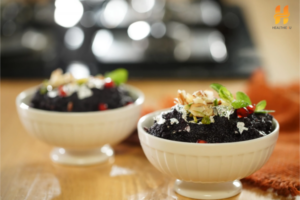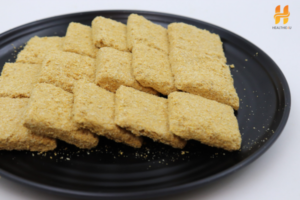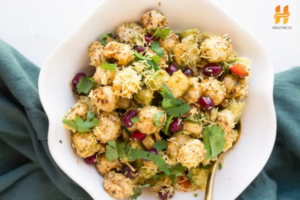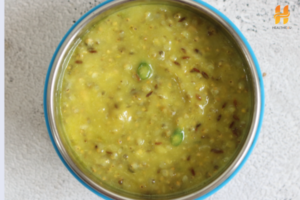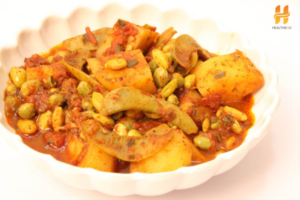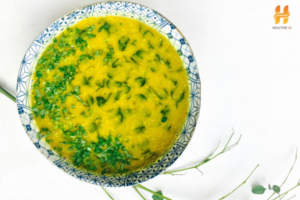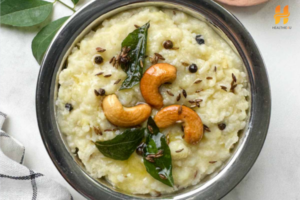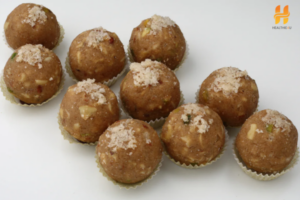

A night of fun and drinks often comes with an unwelcome guest the next morning: the dreaded hangover. Headaches, nausea, fatigue, and dehydration can make even the simplest tasks seem impossible. But don’t worry—what you eat and drink can help you recover faster and feel like yourself again.
Here’s an easy guide to understanding and tackling hangovers using nutrition.
What Causes a Hangover?
When you drink alcohol, it affects your body in several ways:
- Dehydration:
Alcohol is a diuretic, meaning it makes you lose water faster, leaving you dehydrated. - Blood Sugar Drops:
Drinking can lower your blood sugar, causing weakness and fatigue. - Stomach Irritation:
Alcohol irritates your stomach lining, leading to nausea and discomfort. - Electrolyte Loss:
Essential salts like sodium and potassium are lost through increased urination.
These factors combined lead to the familiar hangover symptoms of headaches, dry mouth, dizziness, and exhaustion.
Preventing a Hangover
While avoiding alcohol is the best way to skip a hangover, drinking smartly can minimize its effects.
-
Eat Before You Drink
Eating a balanced meal before drinking slows alcohol absorption and protects your stomach. A combination of carbohydrates, protein, and fats is ideal. Examples include:
- Whole-grain toast with avocado and an egg.
- A bowl of oatmeal with fruit and nuts.
- Grilled chicken with brown rice and vegetables.
-
Stay Hydrated
Alternate alcoholic drinks with water or a non-alcoholic beverage. This keeps you hydrated and helps reduce hangover severity.
-
Snack While Drinking
Avoid drinking on an empty stomach. Munching on snacks like whole-grain crackers or cheese can keep your blood sugar steady.
What to Eat and Drink the Morning After:
Once the hangover hits, your body needs the right nutrients to recover. Focus on foods and drinks that hydrate, replenish electrolytes, and soothe your stomach.
1. Start with Water
The first thing your body needs is water. Drink small sips if you feel nauseous. Adding a pinch of salt and sugar to your water can help restore lost electrolytes.
2. Coconut Water or Electrolyte Drinks
Coconut water is packed with potassium and natural sugars that rehydrate and energize. If you don’t have coconut water, sports drinks or homemade electrolyte solutions work too.
3. Bananas
Alcohol drains potassium from your body. Bananas are a great way to replace this lost mineral and prevent cramps or weakness.
4. Ginger Tea
Ginger is known for its anti-nausea properties. Brew a cup of ginger tea to settle your stomach. Add a teaspoon of honey for a natural energy boost.
5. Eggs
Eggs are rich in cysteine, an amino acid that helps break down alcohol toxins in your body. A simple scrambled egg or boiled egg with whole-grain toast is easy to digest and nourishing.
6. Fruits with High Water Content
Fruits like watermelon, oranges, and cucumbers are hydrating and loaded with vitamins. They help your body recover faster.
7. Broths and Soups
A light soup or broth can restore lost sodium and soothe your stomach. Chicken broth or miso soup are great options.
Foods to Avoid
Not all foods are helpful during a hangover. Some can make symptoms worse:
- Greasy or Fried Foods: These can irritate your stomach and worsen nausea.
- Sugary Drinks: Sodas or energy drinks cause blood sugar spikes, followed by crashes, making you feel more tired.
- Coffee: Although it might seem like a quick fix, coffee can dehydrate you further. Opt for herbal teas instead.
Other Tips to Recover Quickly
1.Get Enough Sleep
Alcohol disrupts sleep, so rest as much as possible the next day to let your body recover.
2.Take B Vitamins
Alcohol depletes B vitamins, which are essential for energy. A B-complex supplement may help boost your recovery.
3.Exercise Lightly
A gentle walk can improve circulation and help clear alcohol from your system. Avoid intense workouts when dehydrated.
Why Moderation Matters ?
The best way to avoid a severe hangover is to drink in moderation. Pace yourself, sip slowly, and set a limit that works for you. Stick to lighter-colored drinks like vodka or gin, as darker liquors often contain more toxins that can worsen hangovers.
Final Thoughts
Hangovers are unpleasant, but they’re manageable with the right approach. Nourish your body with water, nutrient-rich foods, and plenty of rest. A little planning before drinking—like eating a balanced meal and staying hydrated—can make all the difference.

